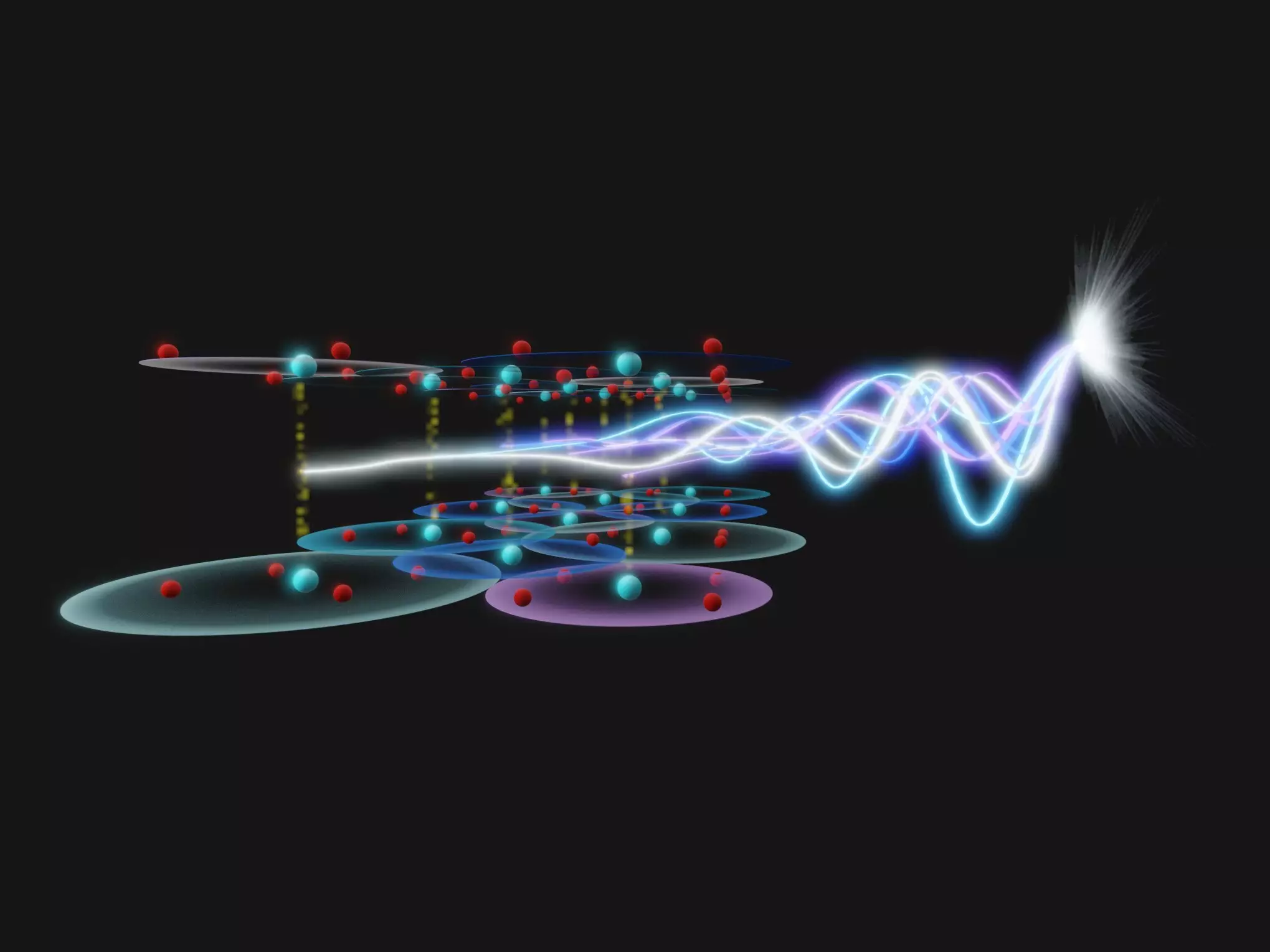A groundbreaking study conducted by researchers from the Max Planck Institute for the Structure and Dynamics of Matter (MPSD) in Hamburg and Brookhaven National Laboratory in the U.S. has unveiled a novel approach to investigate the complex role of disorder in superconductors. The findings, published in *Nature Physics*, leverage terahertz pulses of light, a method traditionally associated with nuclear magnetic resonance, to explore how disorder affects the electrical transport properties of superconductors. This research marks a significant advance in our understanding of high-temperature superconductivity and its profound implications for material science and technology.
Disorder plays a critical role in the physics of superconductors, particularly in high-temperature superconductors characterized by their seemingly miraculous ability to conduct electricity without resistance. However, quantifying and studying this disorder has proven to be immensely challenging. Traditional techniques, such as scanning tunneling microscopy, succeed in observing disorder but are limited to very low temperatures, complicating the investigation of phenomena closer to the superconducting transition temperature. Understanding how variations in chemical composition influence the superconducting properties of materials is crucial for the development of better superconductors, which have applications ranging from powerful magnets to quantum computing.
Inspired by multi-dimensional spectroscopy techniques, the MPSD team adapted these methods to the terahertz frequency range. This innovative approach, termed two-dimensional terahertz spectroscopy (2DTS), involves the sequential excitation of materials using intense terahertz pulses. The research specifically tackled the cuprate superconductor La1.83Sr0.17CuO4, a notoriously opaque material. By employing an angle-resolved configuration for the 2DTS technique, the researchers could distinguish specific terahertz nonlinearities based on their emission direction, thereby providing a clearer insight into the disorder effects on superconductivity.
One of the most striking findings from this research is the observation of what the researchers termed “Josephson echoes.” This phenomenon occurs when superconducting transport in the cuprate material is observable even after the application of terahertz pulses. Remarkably, the analysis revealed that the level of disorder affecting the superconducting transport was substantially lower than that measured in the superconducting gap via spatially-resolved techniques. This discovery hints at a more complex relationship between disorder in superconducting materials than previously understood.
Further investigations brought to light another facet of the findings: the disorder present in the superconducting state remained stable up to approximately 70% of the transition temperature. This stability suggests that disorder does not disrupt the superconducting properties as significantly as once thought, providing new avenues for research into maintaining and perhaps enhancing superconductivity through controlled disorder.
The implications of this research are manifold. By unveiling the intricate relationship between disorder and superconducting behavior, the findings pave the way for subsequent studies aimed at optimizing high-temperature superconductors. Researchers can now employ the angle-resolved 2DTS technique across a wide array of superconductors and quantum materials. The ultra-fast capabilities of 2DTS also hold promise for probing transient states of matter—states that conventional measurement techniques cannot access due to their ephemeral nature.
This innovative research shed new light on the complexities of disorder in superconductors, suggesting that traditional understandings may require significant revision. With the adaptability of terahertz spectroscopy and the profound implications for future superconducting research, the study not only deepens our understanding of cuprate superconductors but also sets the stage for revolutionary advancements in material science. Researchers are now equipped with powerful new tools to explore disorder in ways that were previously thought impossible, opening the door to an exciting frontier in condensed matter physics.


Leave a Reply